Insider Tricks and Tips for Keeping Pigeons and Other Birds From Nesting on Your Home
Pigeons, also known as rats with wings, love to roost on the window sills, roofs and cornices of brownstones, bringing their unsightly droppings with them.

Photo by suraj
Pigeons, also known as rats with wings, love to roost on the window sills, roofs and cornices of brownstones, bringing their unsightly droppings with them.
The droppings pose a moderate health risk because of microscopic fungus in them that can be breathed into the lungs and occasionally cause disease, according to the city health department.
The city requires property owners to clean up pigeon droppings that originate from their property. But what is the best way to avoid pigeons roosting on your home in the first place?
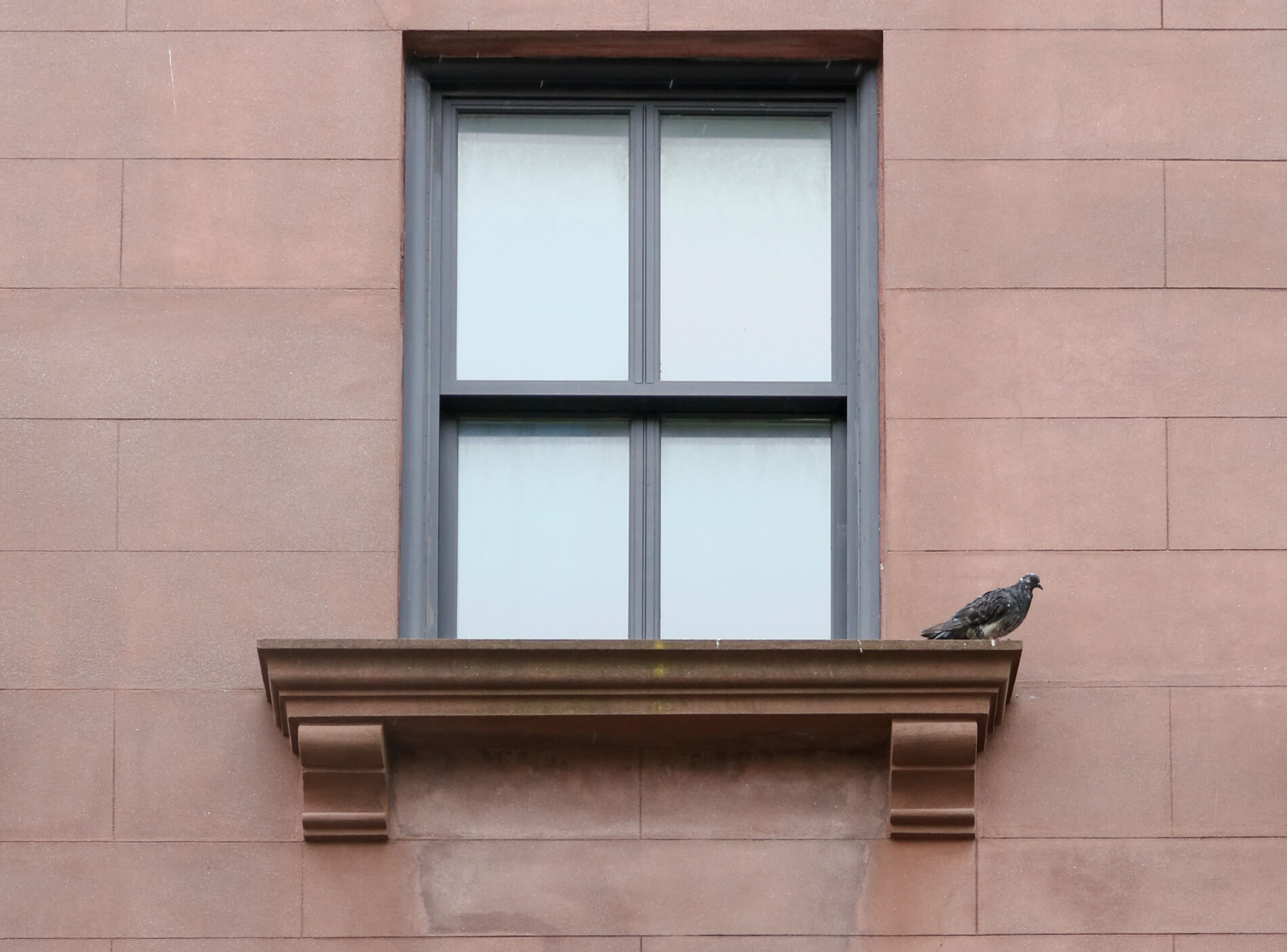
“We have a couple different pest birds in our area that like to hang out on brownstones,” said Josh Bloom of Standard Pest Management. “What you do on your brownstone is based on what type of bird problem it is, what type of species and what type of bird behavior.”
Pigeons, starlings and house sparrows all like to lurk on the flat surfaces of brownstones, Bloom said. Some birds simply hang out and sunbathe, requiring basic deterrents. But when a bird sleeps and nests on a brownstone, more drastic measures are needed, he said.
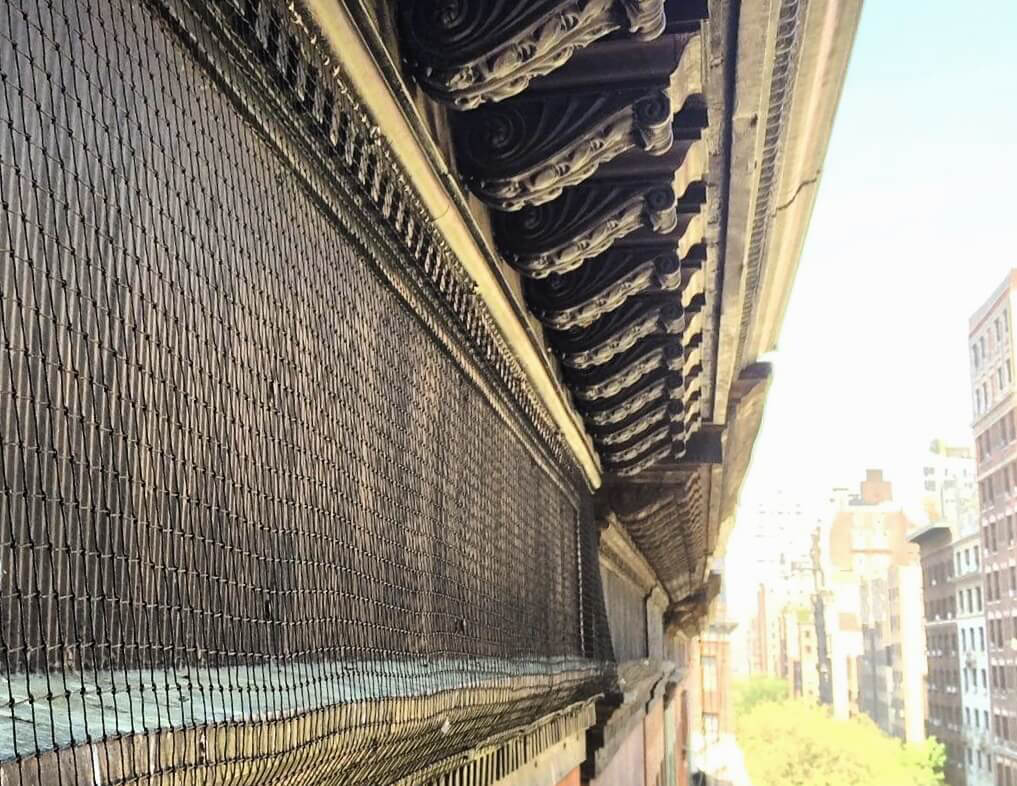
“If a bird is sleeping on a building cornice, then he is going to spend most of his day hanging out on the brownstone, pooping all over the place, and it will be more detrimental,” Bloom said. “You want to know what they’re doing and what type of bird that is because that determines what you’re going to do to solve the problem. If they’re already sleeping, making nests and laying eggs, that’s the toughest to remove.”
Preventive measures include tension wire systems that can go on window ledges and lintels, spikes and shock tracks that scare off birds. If birds are nesting, Bloom starts with a thorough clean-up to remove pheromones. Then, he recommends covering the cornice with netting. A lift is often required.
“When people are going to redo the façade of the brownstone, when the scaffold is already up, is a great opportunity to do the prevention,” he said. “Otherwise, if there is no scaffold, we need to wait for alternate side parking, and bring in a lift.”

The cost of bird-proofing a typical brownstone with netting and tension wires is $1,800, Bloom said. A lift fee is an additional $700 to $1,200.
For a cheaper DIY option, exterminators recommend Bird Barrier Optical Gel, a bird repellent gel that comes in 2 1/2-inch disks that can be attached to window sills and ledges with silicone. The disks look like fire or smoke to pigeons, and give off a citronella and peppermint oil smell, which they dislike.
“They’re pretty low-profile and you can glue them on, and they work awesome,” said Todd Corsello of OnGuard Pest Control. “It works as well as spiking.”
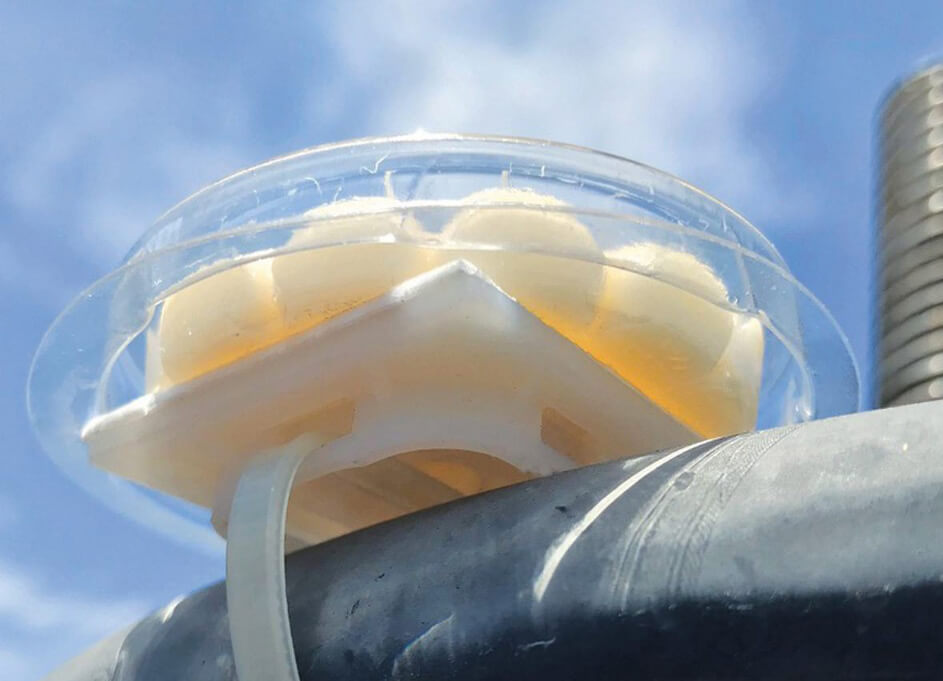
Bird spikes, blunt spikes that prevent birds from landing on surfaces, can be ineffective because pigeons sometimes build their nests on top of them and sparrows can fit between the spikes.
“With spiking, the birds can drop the nesting onto the spiking, and then they can land on it,” Corsello said. “It doesn’t always happen, but it can.”
Reflective wind-powered bird deterrents, like Eagle Eye by Bird Barrier, can be placed on a roof to supplement other measures. Fake plastic owls, another popular deterrent, are only temporarily effective, exterminators said.
John McGowan of Bugged Out Pest Management recommends trying the optical gel before spending the money on a professional exterminator.
“If there are flat surfaces, where optical gel disks can be placed, I would use that first,” said. “If the area is too tough to reach on your own with gel disks, than most likely you won’t be able to securely place spikes either. If this is the case, the best thing to do would to have a professional handle it.”
Related Stories
- What to Do in the Garden Now for Fabulous Window Boxes, Bulbs and Shrubs All Year
- How to Raise Chickens in a Brooklyn Backyard
- Brooklyn Gardeners Share Secrets of Growing Vegetables and Fruits in Raised Beds and Planters
Email tips@brownstoner.com with further comments, questions or tips. Follow Brownstoner on Twitter and Instagram, and like us on Facebook.

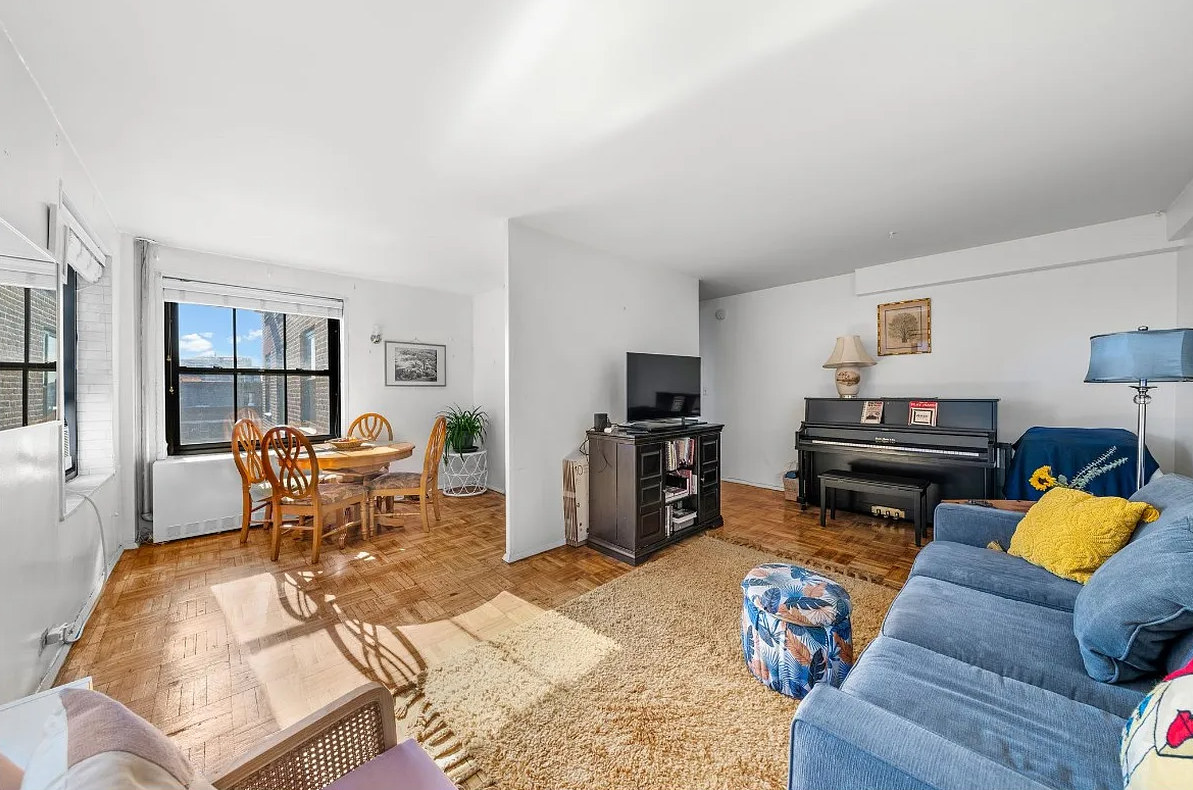
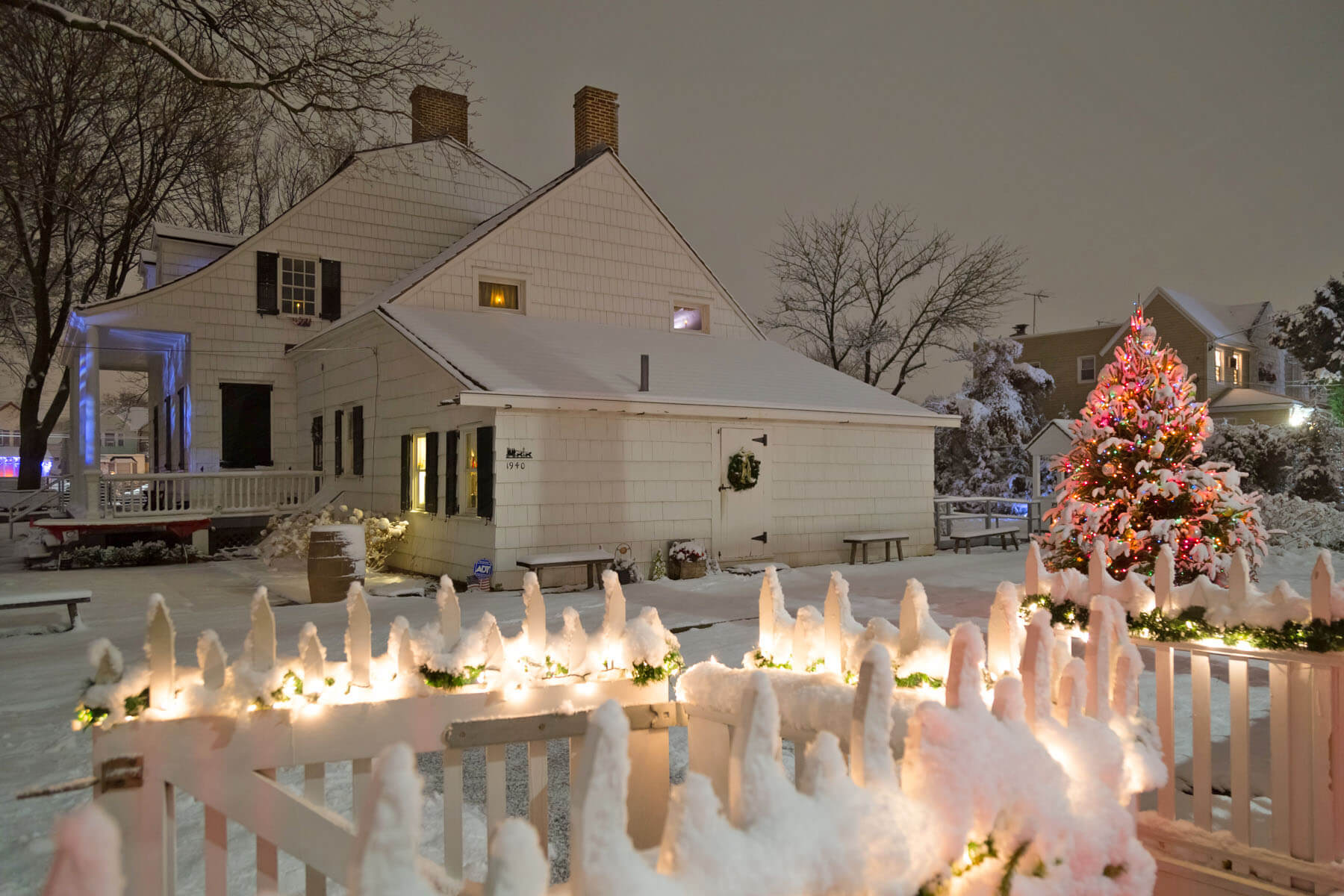
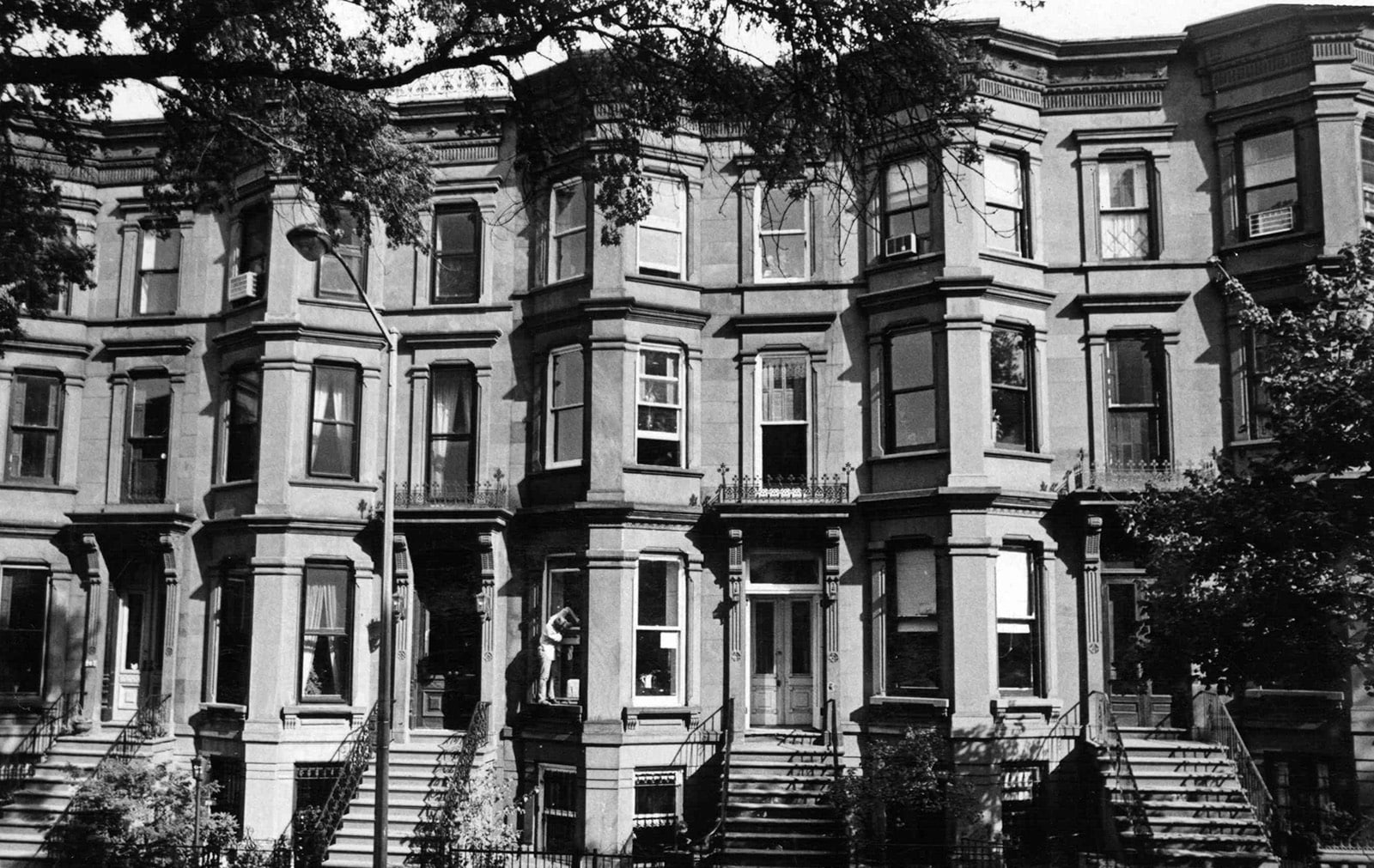
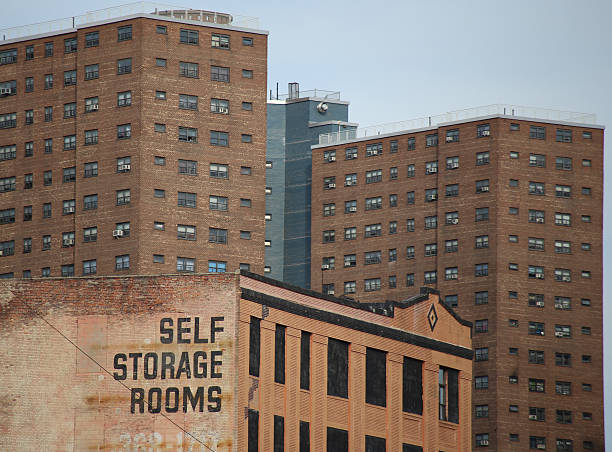
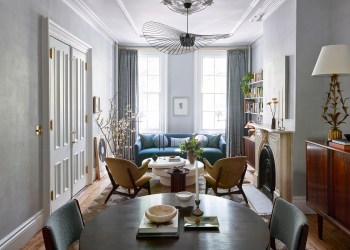
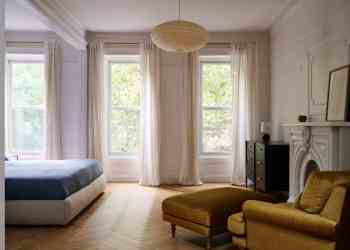


What's Your Take? Leave a Comment